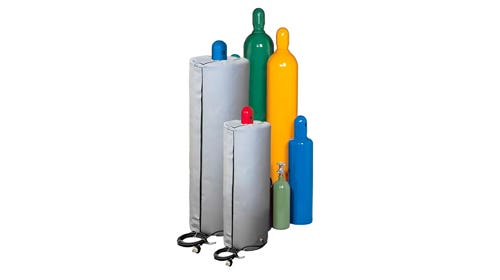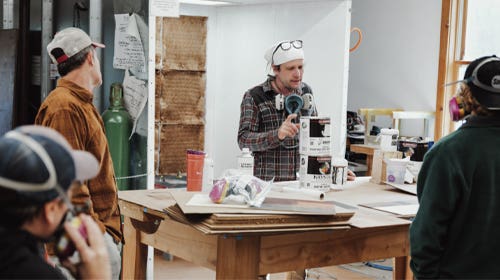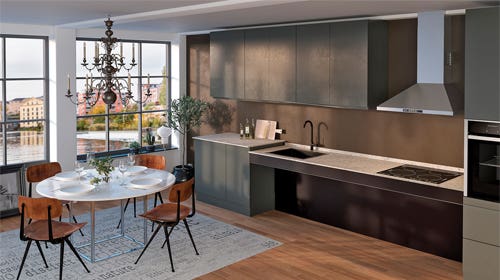Cleveland fair helps Amish go global
Attended by more than 400 people, the debut of the Cleveland Furniture and Millwork Fair in July experienced an impressive turnout, according to the Downtown Cleveland Alliance. The alliance is…
Attended by more than 400 people, the debut of the Cleveland Furniture and Millwork Fair in July experienced an impressive turnout, according to the Downtown Cleveland Alliance. The alliance is a partner in the fair organized to help local craftsmen, particularly the Amish, expand their business and design capacity in the region.
{loadposition position10}
The vision and muscle behind the July 14-15 fair can be attributed to co-founders Ned Hill, dean of urban affairs at Cleveland State University, along with Dan Cuffaro, head of industrial design at the Cleveland Institute of Art, who developed a larger economic development initiative in northeast Ohio called the District of Design.
The two decided that a feasible way to rebuild the area's economy was to focus on the combination of consumer products and industrial design that are seen as regional strengths. Hill was particularly motivated by an Amish woodworker who, several years ago, expressed interest in helping to revive Cleveland's economic outlook in order help save his own community.
"When looking at economic development in a competitive economy, one of the things authentic about Ohio is the quality of woodworking being done by what's now the Hardwood Furniture Builders Guild, a group of mostly Amish-owned furniture factories," says Hill.
The guild members told Hill they wanted access to larger markets because traditional channels of distribution, such as mom-and-pop country furniture stores, are shrinking. The Amish basically asked for help to "go global," Hill says.
"They have sales forces, but need help with marketing and the design to move their products into more modern woodwork that is not traditional for them. They're just not exposed to it. So as part of the fair, we took a group of 40 Amish furniture builders and walked them up the street into a condominium complex, college dorm and office building to see their markets," says Hill.
The fair took about three years to reach fruition. The initial push came from talking with numerous marketing and manufacturing companies about their plans to create a one-stop shopping experience, such as a downtown Cleveland showroom for Amish furniture makers. The uncertainty of the economy put those plans on hold. The fair was created as a trial run.
"We went from a focus on the permanent showroom presence to the fair in order to remind people that when you concentrate so much of a certain kind of work - whether it be consumer products or furniture or housewares - those efforts have gravity to them. And this was a part of the plan to create that gravity and a prototype for showrooms," says Cuffaro.
For the fair, Cuffaro created an exhibition of student work that was meant to raise the bar in terms of design and marketing for furniture. A series of workshops was also offered on furniture trends and material usage.
Groups like American Campus Communities, which sells dormitory furniture throughout the U.S., put on marketing seminars on how to sell through retail and wholesale, while representatives from major interior design and architectural firms offered their expertise.
Furniture makers were also given a design challenge for dormitories. "The participants responded by building samples of dormitory furniture with the specs we gave them. In October, several manufacturers are coming back with bid documents," says Hill.
Plans for next year include opening the fair up to other channels of furniture distribution, such as catalogs and the hospitality industry.
"The 2011 fair is already in the planning stage. Organizers intend to enhance elements that worked and retool elements that did not. A focus of future events will be on tracking new business generation and formalizing relationship-building with designers. Additionally, the positive response will likely result in expansion of the show, its marketing and its public hours," says Cuffaro.
"We are also looking to leverage this event to educate and reinforce best practices, and to recognize outstanding design, innovation and sustainability."
Financial support for the fair was provided by the state of Ohio, the city of Cleveland and Sherwin-Williams.
For information, visit www.districtofdesign.com.
This article originally appeared in the September 2010 issue.







